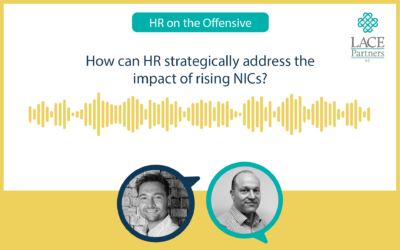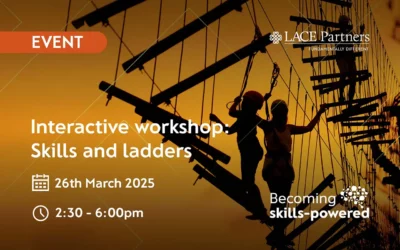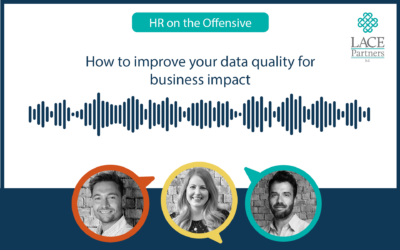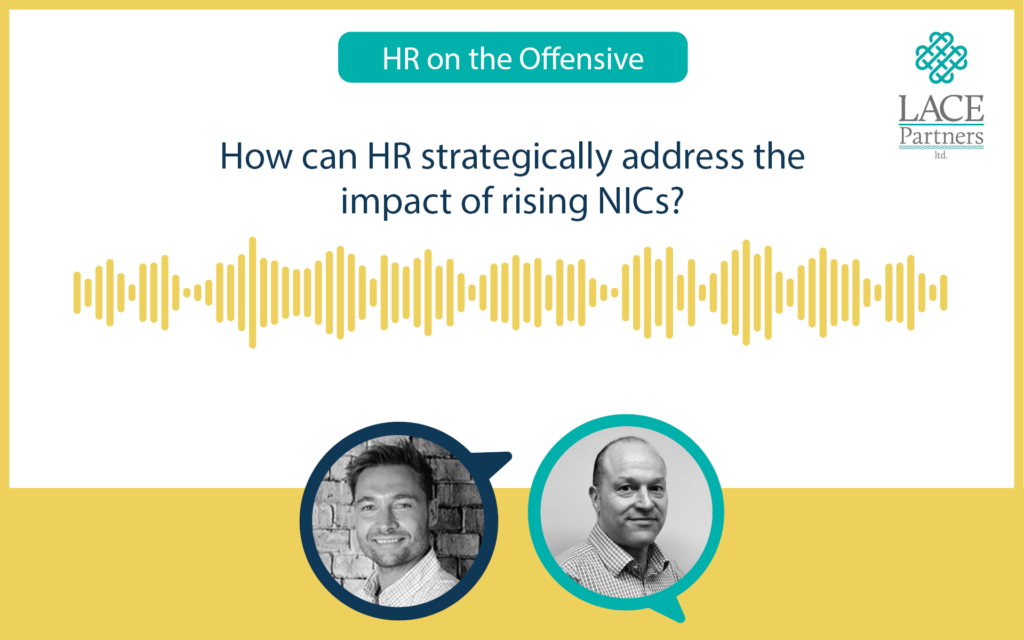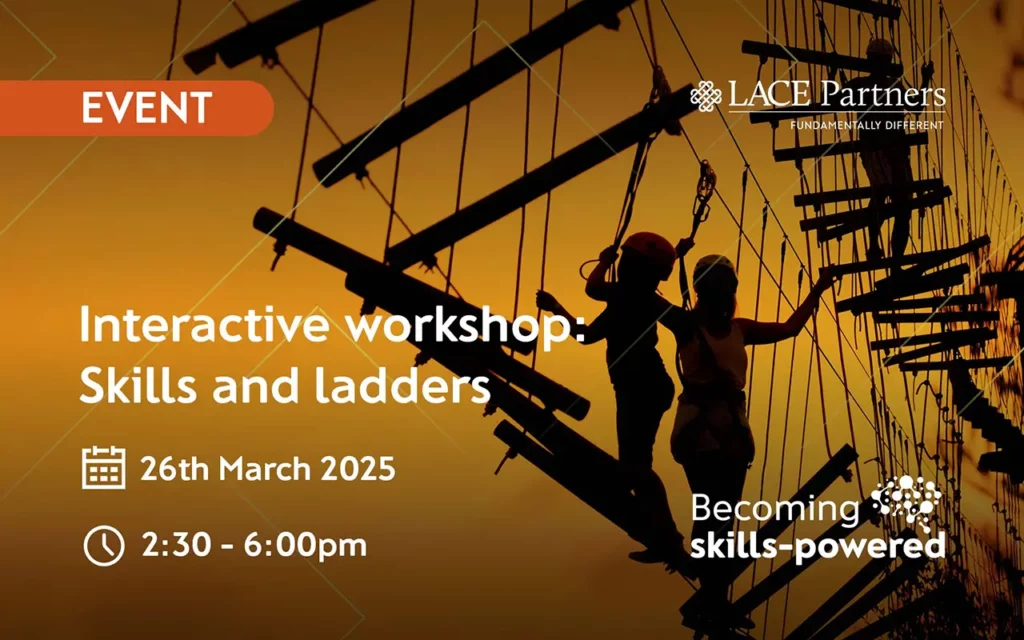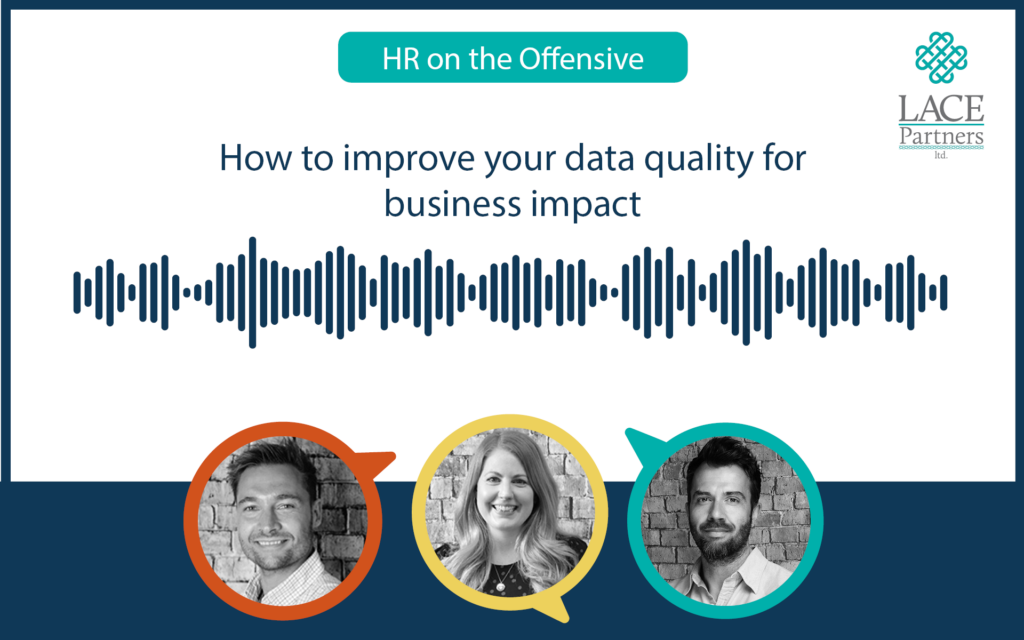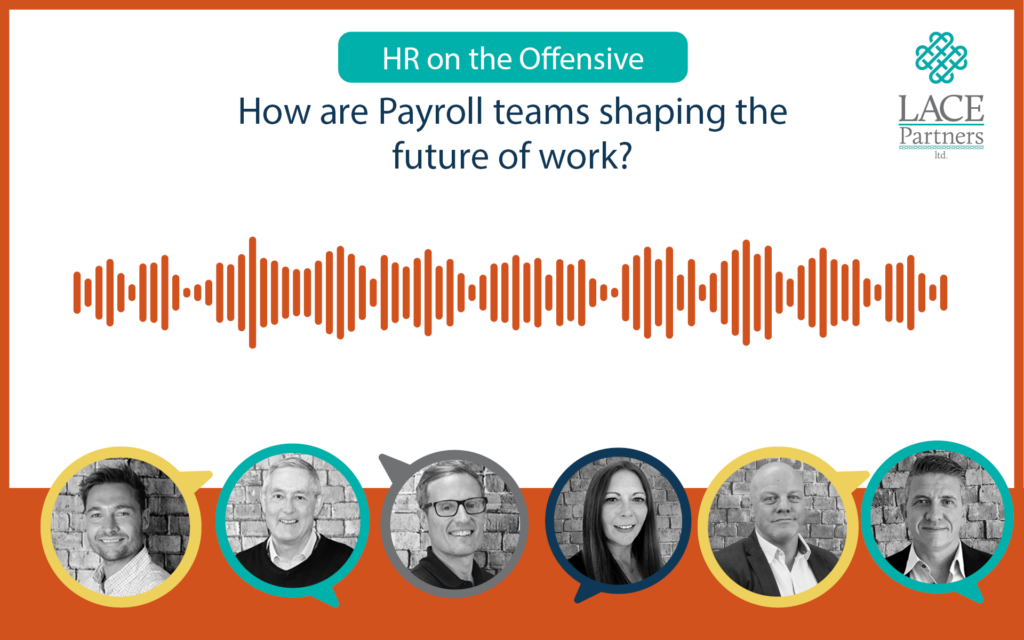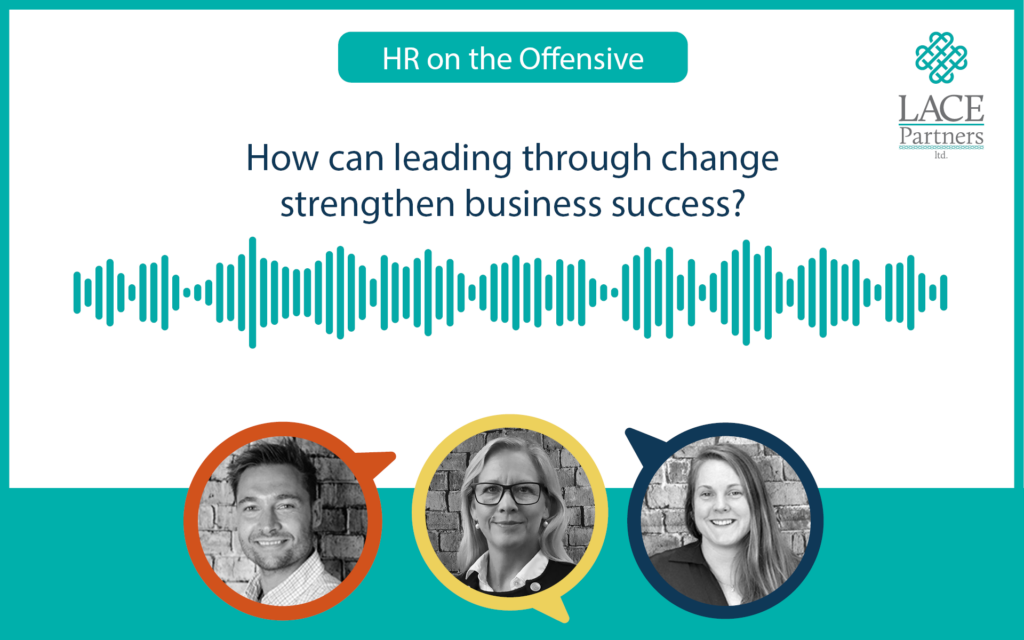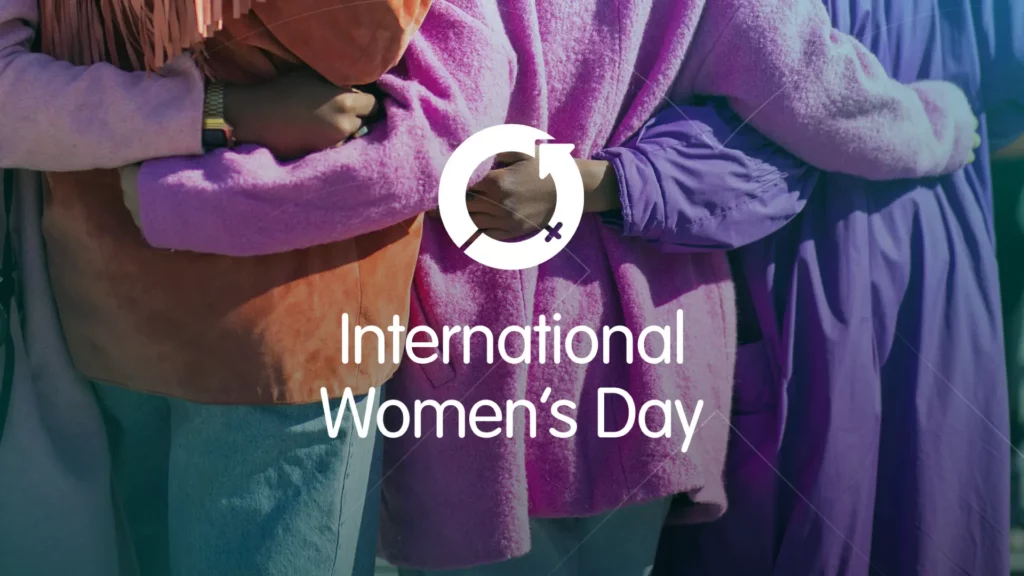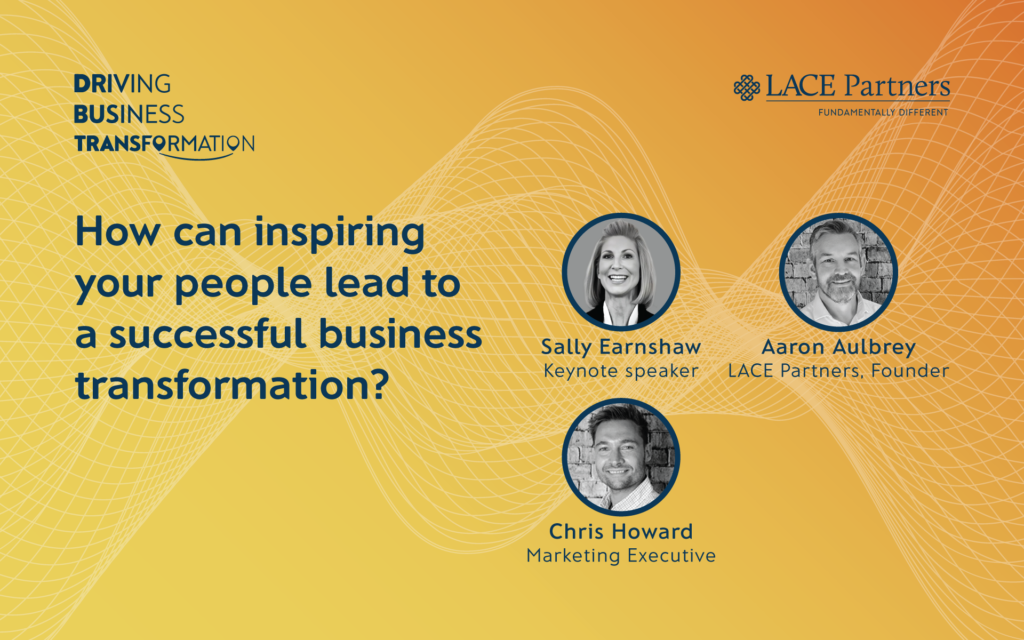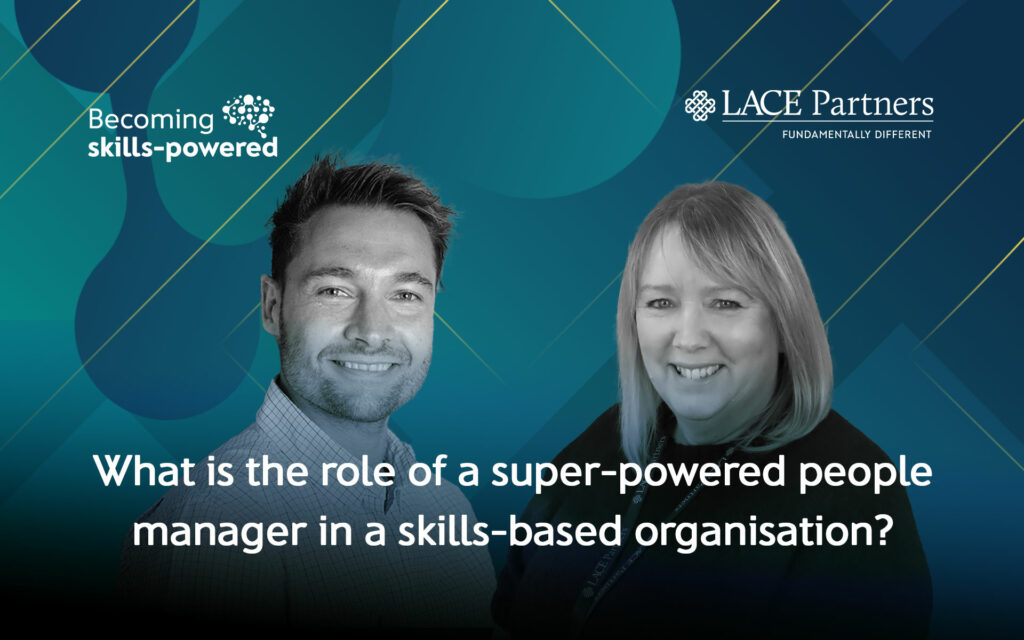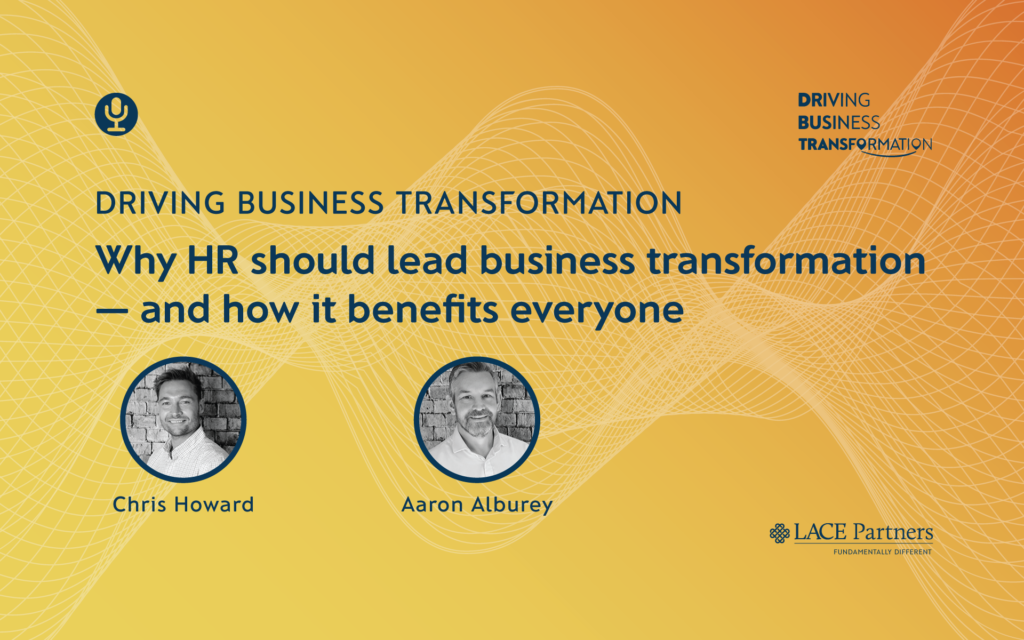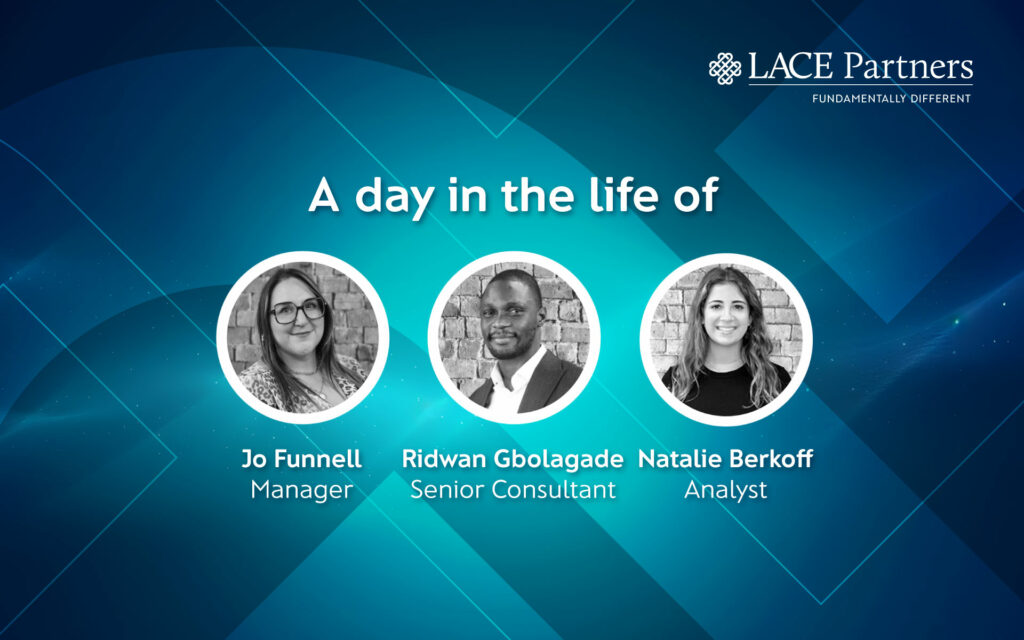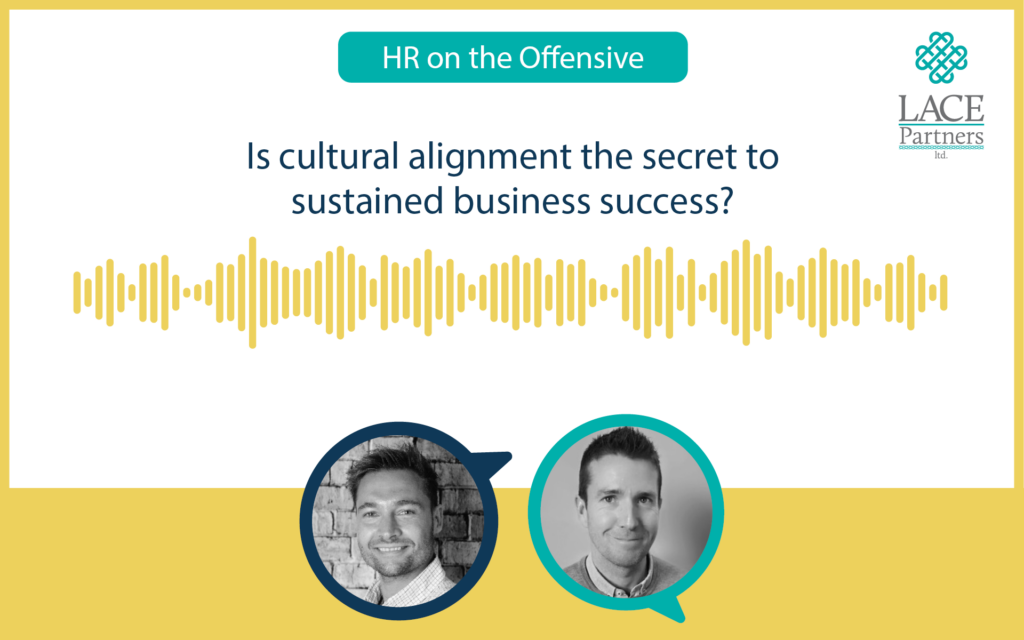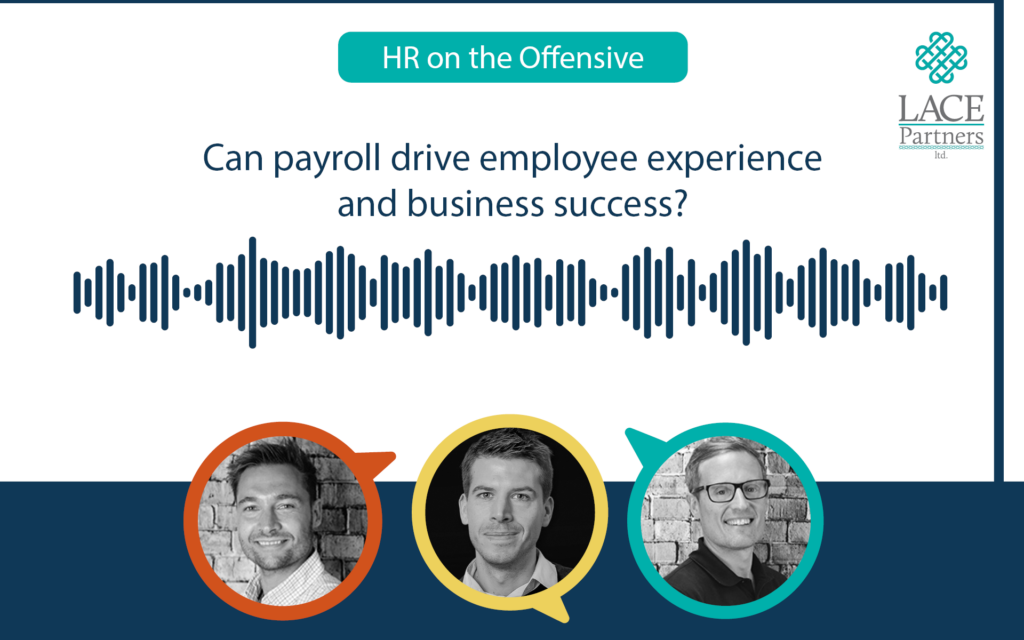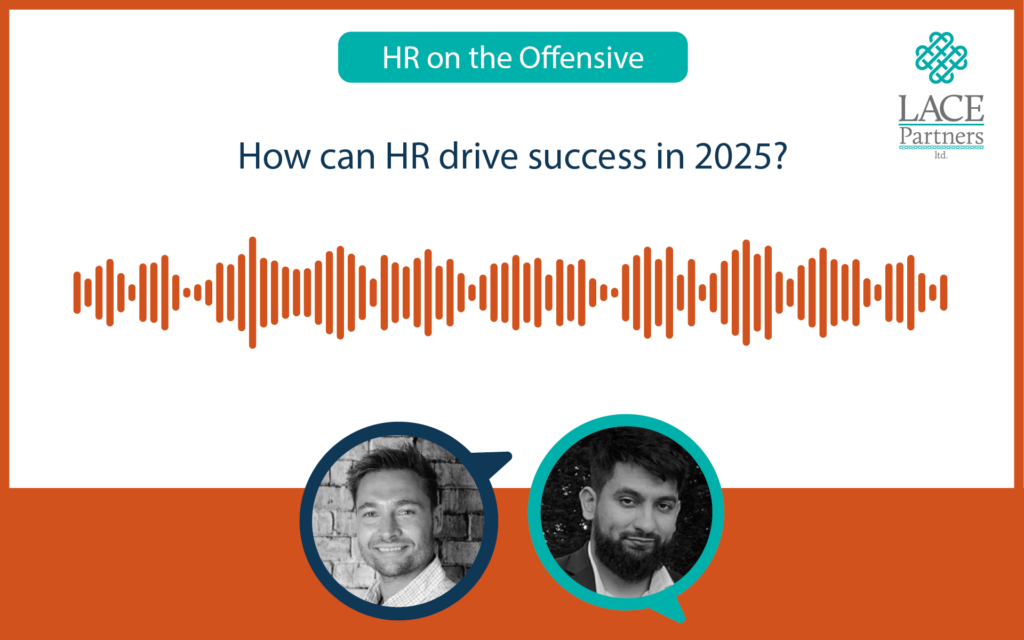The employee lifecycle
We’ll explore each stage of the employee lifecycle:
Attract and recruit me: Getting the right talent.
Welcome me: Integrating new hires effectively.
Enable me: Equipping employees with the skills to succeed.
Help and grow me: Supporting career development and skill-building.
Wish me well: Ensuring a positive offboarding experience.
1. Attract and recruit me
Skills-based talent attraction and recruitment

Attracting and recruiting the right talent is critical for organisational success, but traditional approaches often fall short in today’s fast-paced world.
In this video, we explore how a skills-based approach can address key challenges in talent acquisition, from skills shortages to high turnover.
Focusing on specific abilities and competencies rather than traditional qualifications ensures better job fit, improves employee satisfaction, and reduces attrition. By mapping out the skills required for each role and aligning them with your organisation’s needs, you can widen your talent pool and find candidates with the right capabilities, often from diverse or untapped sources.
Done right, skills-based recruitment creates a transparent and inclusive experience for candidates, improving engagement from the start. However, we underline the importance of starting small with a pilot function or roles, to be agile in your approach and work collaboratively with business leaders to align on the right skills needed for the current and future roles.
What you'll hear from the team:
- What’s the difference between job based-hiring and skills-based hiring?
- What are the EX benefits of skills-based recruiting?
- How can skills-based recruitment reduce mismatches between candidates and roles?
- Can a skills-based approach reduce turnover and attrition?
Common problems and solutions in this space
do not touch
You have a mismatch between candidates and roles
Solution: A skills-based approach to hiring ensures that recruitment focuses on the specific capabilities required for success in the role rather than relying on a traditional job descripion. This can improve job fit and reduces the risk of hiring misaligned candidates.
You have a skills shortage
Solution: The first question is: do you know what skills you have in your team and where the gaps are? Whether you do or don’t, the process of building a common language for skills and mapping them can provide clarity and a route forward.
You have high turnover and attrition
Solution: Not only does the high emphasis on skill development and skills benefits such as internal mobility work to attract new candidates but it can also increase job satisfaction and retention for your existing team.
Hiring for specific skills ensures that new employees are not only capable of meeting the role’s demands but are also more likely to enjoy and excel in their work. This alignment fosters job satisfaction, which is a key driver of retention.
A skills-focused strategy also enables better career progression planning, allowing employees to see a clear path for development and growth within the organisation. This reduces the likelihood of attrition and helps build a stable, engaged workforce.
top
2. Welcome me
Creating a skills-first approach to onboarding

Onboarding is crucial moment for embedding a skills-first mindset.
This video outlines strategies to support and empower new hires from day one, focusing on skill development for long-term growth. CPOs should prioritise structured skill development, clarify essential skills, provide access to learning resources, and connect employees with mentors. Leaders need toolkits to nurture talent and align roles with a skills framework linked to organisational goals.
Technology, such as AI-powered platforms, can offer personalised development paths and track progress. Focusing on skills in the first 90 days helps build a growth-oriented workforce ready for challenges and opportunities. Watch the video to learn more!
What you'll hear from the team:
- As a CPO, what would be your top priority for creating an impactful onboarding experience?
- What are the main differences to consider when designing onboarding for a skills-based organisation compared to traditional approaches?
- Why are the first 90 days vital for new hires, and how can skills development be prioritised during this time?
- How can technology be used to personalise skills development during the onboarding process?
Common problems and solutions in this space
do not touch
You'd like to accelerate role readiness
Solution: A skills-based onboarding approach builds on the information already gathered in the hiring process, meaning that line managers have a clear view of existing skills and potential gaps. Speed to proficiency can therefore be accelerated by sharing this with the candidate and tailoring enboarding – and learning – to each candidates needs.
You're onboarding someone new to skills approaches
Solution: If the new hire hasn’t worked in a skill-based environment before, the shift in mindset, processes and talent management will need support during the onboarding process. Starting a new job is often stressful, and for many this will be a totally new way of working.
The line manager has an important role to play here in leveraging the benefits of skills approaches, learning about the work and career aspirations of the individual and illustrating the opportunities available. This will include xplaining how work is directed, performance managed and development and career opportunities work in the organisation.
top
3. Enable me
Empowering employees in a skills-based organisation

In a skills-based organisation, enablement is about more than just tools and processes; it’s about fostering a culture of continuous improvement and agility.
The ‘enable me’ lifecycle stage plays a crucial role in supporting employees to build, refine, and apply their skills to meet both current and future challenges.
Alongside that, it’s important to not only think of new tech as the enabler – it’s also about working with what you’ve got and seeing how it can adapt to support your new ways of working.
A skills-based mindset also transforms company culture, encouraging experimentation and learning from failures.
However, implementing this requires overcoming challenges such as outdated systems, resistance to change, and a lack of shared language around skills.
What you'll hear from the team:
- Why is ‘Enable me’ important in a skills-based organisation?
- How can HR technology be optimised to support a skills-based approach?
- What are some of the knowledge management considerations when moving to a skills based organisation?
- What are the challenges in implementing skills-based enablement?
Common problems and solutions in this space
do not touch
You want to use the right technology to support skills
Solution: Unfortunately it’s not as simple as just ‘becoming a skills-based organisation’. The first step is to map out which of your current technologies will be implicated in the new ways of working – it may not be just your talent tools, but also your HRIS, learning etc which need to be evaluated and reconfigured to support skills. Afterwards you can determine what additional tools you may need, identifying gaps in functionality and integration capabilities, and exploring emerging HR technology trends such as AI-driven talent analytics and skill mapping platforms.
top
4. Help me perform and grow
Enhancing performance and growth in a skills-based organisation

In a skills-based organisation, talent development is about more than ticking boxes, it’s about cultivating the critical skills that drive business outcomes and individual growth.
A skills-based approach transforms performance, learning, and reward strategies. Skills-based performance management shifts the focus from surface-level results to meaningful discussion around skill development and application.
Employees gain clarity on how their efforts align with business goals, while organisations benefit from a more objective, growth-oriented assessment framework.
Targeted learning and development become more cost-effective by prioritising skills that deliver measurable impact, reducing waste on generic training. Reward strategies evolve too, recognising both immediate contributions and future-focused skill acquisition that prepares employees for what’s next.
What you'll hear from the team:
- How does adopting a skills-based approach transform an organisation’s learning strategy?
- How does a skills-based approach to learning influence performance outcomes in an organisation?
- What are the key steps organisations must take to successfully implement a skills-based approach?
- How can reward and recognition systems support a skills-based organisation?
- What is the most important takeaway for organisations aiming to embed a skills-based approach?
Common problems and solutions in this space
do not touch
You're struggling to measure employee performance
Solution: A skills-based approach can enhance performance management for both employees and organisations alike. Employees and line managers can speak transparently about performance as it is anchored in clearly defined and observable skills.
Employees understand what is expected and how to improve, thanks to more targeted feedback and development. It also supports talent mobility by recognising transferable skills and aligning people development with evolving business needs.
As a result, performance conversations become richer, more future-focused, and better linked to strategic goals. Less “did you hit your numbers?” and more about “how have your skills grown, and how are they driving better outcomes?”.
You want to reduce costs or/and improve quality of learning
Solution: A skills-focused approach to learning means you can scrap expensive, generic learning modules and focus on the specific skills people actually need to do their jobs well – no fluff, no waste. This makes learning more targeted, faster, and more engaging.
For example: Imagine a customer service team. Rather than sending everyone on a full-day comms course, a skills-based approach identifies who needs help with handling difficult conversations and who needs to sharpen their product knowledge – then gives each person just the right learning to close their gap. Less time off the floor, more relevant learning, better results.
top
5. Wish me well
Retaining skills when employees leave

When employees leave an organisation, they often take crucial knowledge and skills with them, creating gaps that can hinder productivity and continuity.
By encouraging employees to document their expertise and responsibilities, organisations can ensure critical knowledge is centralised and accessible. Creating a culture where knowledge-sharing is valued and supported by technology helps to spread expertise across teams, reducing dependency on individuals.
In this video, we also discuss the benefits of leveraging alumni networks and keeping former employees connected. Whether through ongoing access to learning platforms or building strong alumni engagement, employees who leave may return as ‘boomerangs,’ bringing new skills and perspectives. This approach turns departing employees into long-term assets for the organisation.
What you'll hear from the team:
- Why is retaining employee skills a critical challenge for organisations?
- What if the employees leaving the organisation could provide a talent pool for your future needs?
- How can organisations integrate returning employees into a skills-based talent strategy?
- What are the key components of an effective alumni network for organisations?
- How can organisations retain access to critical skills when employees leave?
- How should organisations adapt their offboarding process to support a skills-based strategy?
Common problems and solutions in this space
do not touch
When people leave your business, their skills do too
Solution: Does your onboarding process fail to capture and transfer critical knowledge and skills from departing employees?
Applying a skills approach to your offboarding process is particularly important when employees have scarce skills and/or those which require a long time to build- like the underwater welder example.
If you have mapped the skills of colleagues who are leaving the business, you can capture knowledge and expertise before they go and identify opportunities for skills transfer and internal candidates (reducing single points of failure).
Furthermore, if not already in place, it may be worth building and resourcing an alumni network, ensuring ex-colleagues stay connected to your business should they wish to return in the future.
top
6. Strategic workforce planning

It’s a proactive approach to workforce planning that focuses on identifying both current and future skill needs—then aligning talent strategies to fill those gaps. It goes beyond job titles to ask: Do we have the right people, with the right skills, in the right place, at the right time?
Why does it matter?
In a rapidly changing market, this approach helps organisations stay agile and competitive. It ensures workforce decisions are based on business needs—not just headcount.
Strong foundations, like effective headcount planning and cross-functional collaboration, are key. Paired with meaningful metrics, they provide the insight needed to make smarter talent decisions.
Using a “buy, borrow, bind, and build” framework, businesses can create a workforce strategy that is proactive, cost-effective, and fit for the future.
What you'll hear from the team:
- Why should organisations care about strategic workforce planning?
- Where do skills fit in?
- What should people keep in mind when thinking about skills-based workforce planning?
top
This perspective on SWP wraps up our campaign on skills across the employee lifecycle, highlighting the vital role it plays in every experience area. From hiring to onboarding, enabling, developing, and transitioning employees, a skills-based approach isn’t just about people—it’s about the systems and strategies that empower them.
Need support for your skills strategy?
If you’re exploring how to build or strengthen your skills strategy, we’re here to help. Whether you’re just getting started or looking to scale a skills-based approach across your organisation, fill in the form and one of our experts will be in touch to discuss how we can support your journey.


